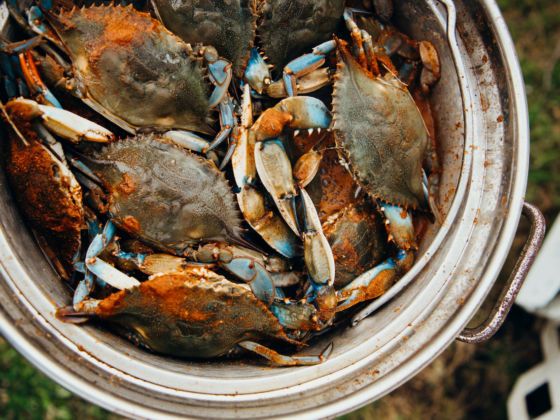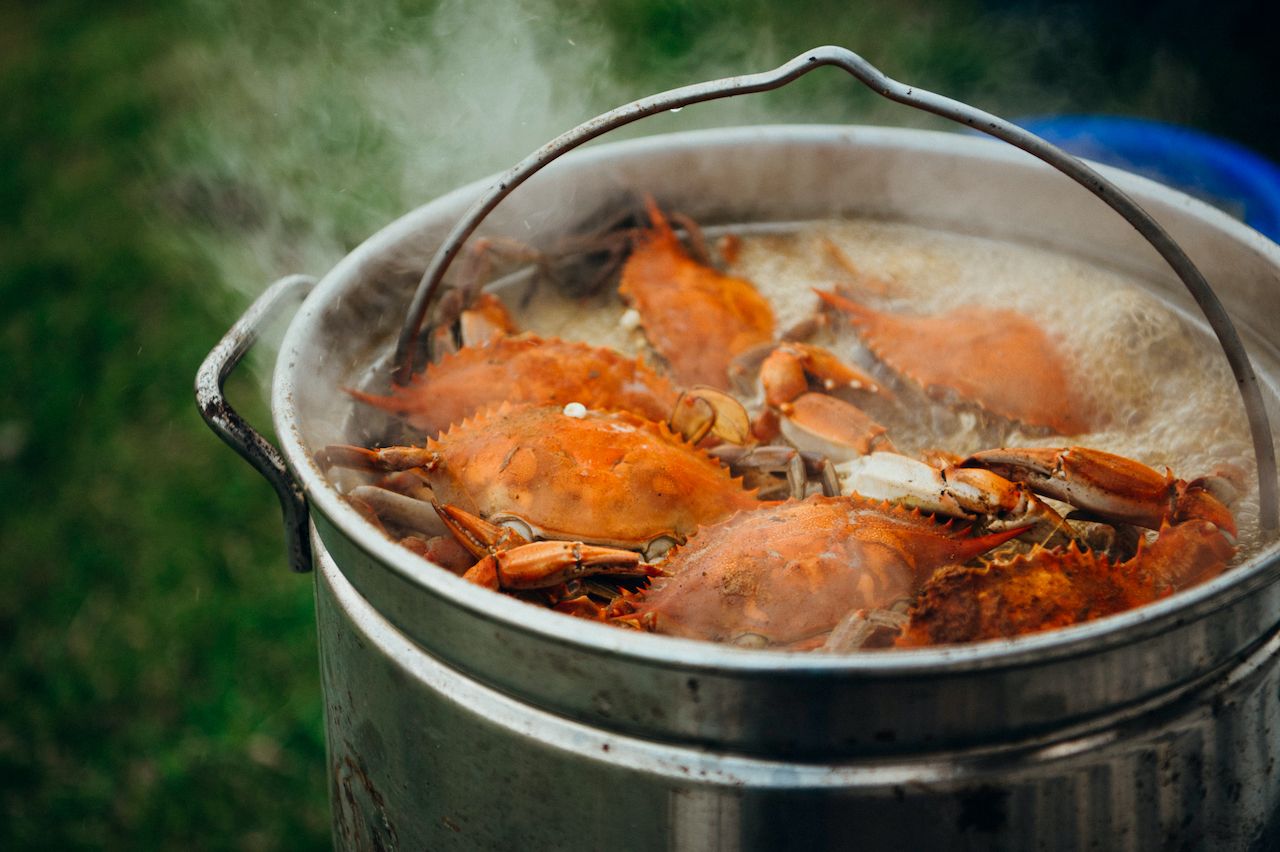Soft shell crab season has been effectively, if not officially, canceled. And in South Carolina Lowcountry, that’s basically like canceling Christmas.
In the fallout from COVID-19, the usually-bustling restaurants of Charleston, Beaufort, and the rest of the region are missing out on a season when diners typically flock in for the salty-sweet goodness of soft shell blue crabs.



